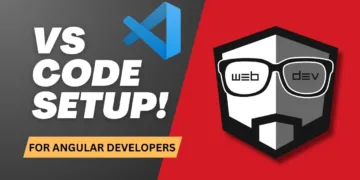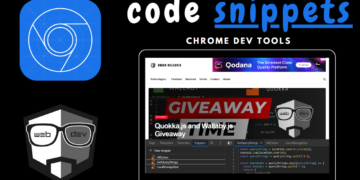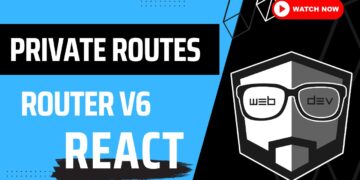If you’ve ever wondered which AI language model is best for web development, you’re not alone. With the rapid evolution of tools like GPT, Gemini, Claude, and others, it’s difficult to know which one fits your needs best. That’s where LM Arena steps in — a competitive benchmarking platform that puts AI models to the test in real-time challenges.
In this post, we’ll explore how web.lmarena.ai lets you compare AI models specifically for web development tasks. From real-time coding battles to fully rendered UI previews, this tool provides an incredible hands-on way to evaluate model performance beyond just reading specs.
🔍 What Is LM Arena?
LM Arena is a platform where AI language models go head-to-head in different types of challenges. It includes a dedicated section for web developers called WebDev Arena, where models compete by solving front-end and full-stack development tasks.
Before diving into any battles, you can check out the leaderboard, which shows real-time rankings of the most capable AI models based on their performance. For example:
- 🥇 Gemini 2.5 Pro
- 🥈 Claude 3.7 Sonnet
- 🥉 Other emerging models
Each model’s score, license type, and organization info are clearly displayed.
⚔️ Battle of the Bots – AI Coding Showdown
The most exciting part is the “Battle” section. Here, you can select a prompt — like building a UI dashboard — and two AI models will generate solutions independently.
The twist? You don’t know which model generated which solution. This removes bias and allows you to choose the better implementation purely based on quality and usefulness.
In the video, we selected a prompt:
👉 “Create a smart home dashboard.”
Here’s what happened next:
✅ Right Side: GPT 4.1 Mini
- Basic React component using Tailwind CSS
- Functional UI with:
- Light toggle
- Thermostat
- Security arm/disarm toggle
- Energy usage display
- Clean and minimal, but limited in interactivity and visuals
✅ Left Side: drakesclaw (the surprise winner)
- More robust React project (likely with Next.js)
- Clearly segmented components with comments and structure:
- DashboardHeader
- DeviceControlCard
- EnergyChart
- IconWrappers
- State logic using
useState
- Interactive elements with rich UI/UX:
- Light and thermostat control
- TV and lamp toggles
- Fan speed sliders
- Scenes like “Movie Time” or “Leave Home”
- Fully responsive layout
The left-side solution clearly stood out — not just because of the design, but due to its componentized structure and thoughtful UX.
When the winner was revealed, it turned out to be drakesclaw, an AI model not widely known yet, outperforming even GPT-4.1 Mini in this specific scenario.
🎯 Why Web Developers Should Try LM Arena
Here’s why LM Arena is a game-changer for developers:
- 🔎 Model-agnostic evaluation: Eliminate bias by judging outputs blindly
- 💻 Live code rendering: See complete UI results rendered in-browser
- 📊 Insightful comparisons: Understand code quality, readability, and architecture
- 🧠 Continuous leaderboard updates: Stay on top of evolving model capabilities
If you’re a web developer exploring AI-powered workflows — whether for prototyping, scaffolding, or full-stack app building — web.lmarena.ai is a must-try tool.
🧪 Final Thoughts
In our test, drakesclaw surprised us with a production-ready UI and clean component architecture, outperforming even GPT-4.1 Mini. This just goes to show how valuable blind benchmarking can be in uncovering hidden gems in the AI world.
So next time you’re unsure which model to use for a coding task, let the battle begin at web.lmarena.ai.
Liked this breakdown?
🎥 Check out the full walkthrough on YouTube and don’t forget to like, share, and subscribe for more practical AI dev tips!





















